
Around the World at Epcot – Cover page and China notebooking printables
Guess who’s going to Disney!?!?! Planning a trip to Disney World over the next few months is going to be...
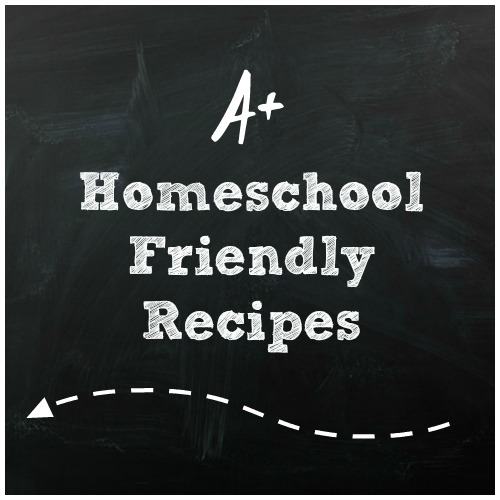
Carne Picada Crock Pot tacos
Carne picada is a budget friendly cut of beef, thinly sliced and a bit courser than ground beef. Being a...

Reptile Week – featuring Wild Kratts!
My kids are HUGE fans of Wild Kratts. I’m pretty sure they have seen every episode, most more than once....
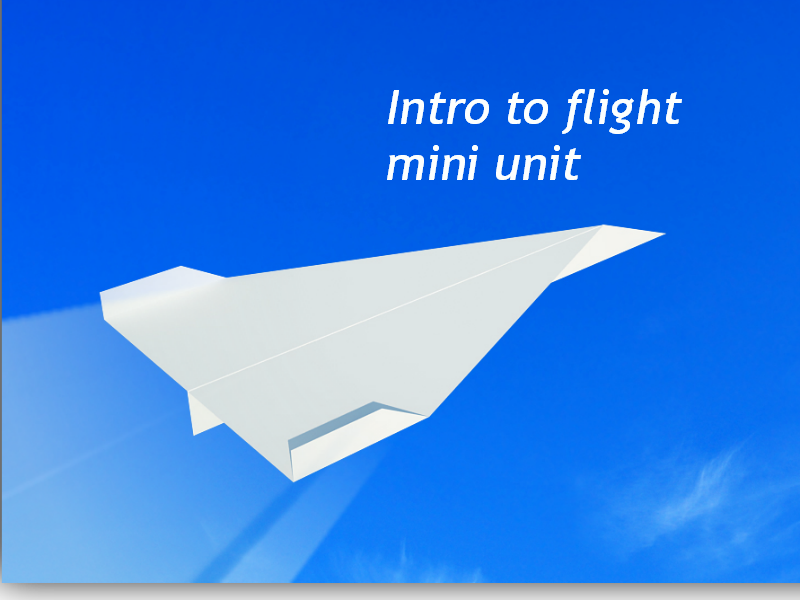
Intro to Flight – Wright Brothers – Airplanes Unit
Quick read and illustration about the forces involved in flight and airplane...

Giraffe mini unit
It’s the beginning of August (in a few more hours) and we’re back from our crazy Florida vacation so it’s...
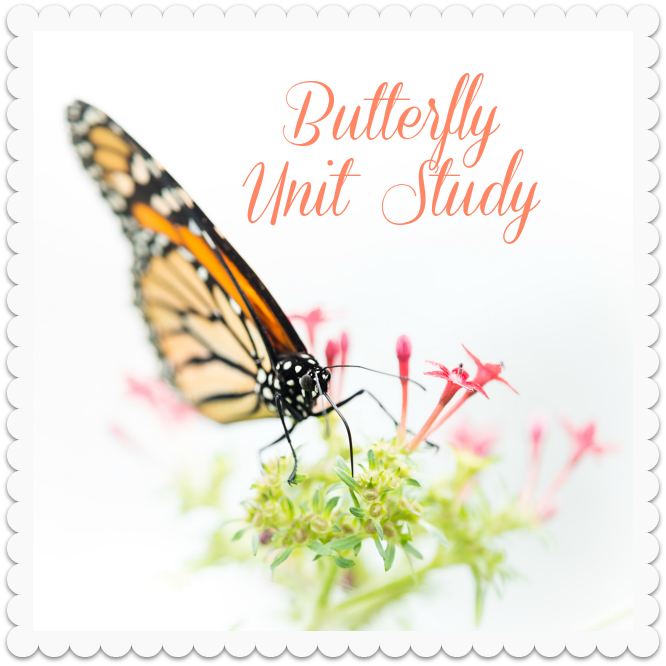
Butterfly Unit Study
Spring is in full bloom here – just ask my allergies – so it is a perfect time to do...
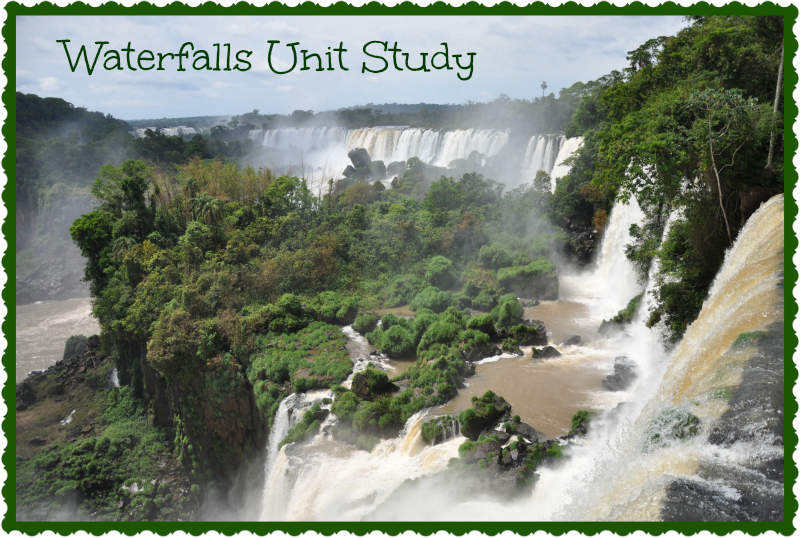
Waterfalls Unit Study
After our cave adventure we’ll take the rest of the week (Wednesday – Friday) for a mini-unit on waterfalls (student-requested...
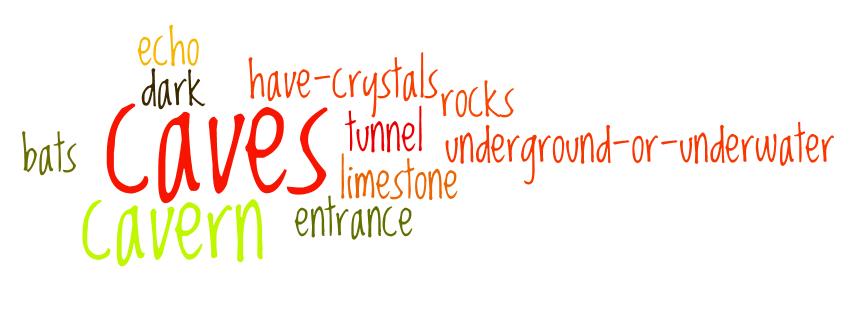
Cave Unit Study
In preparation for our field trip to The Lost Sea this week we’re studying all about caves! First up was...
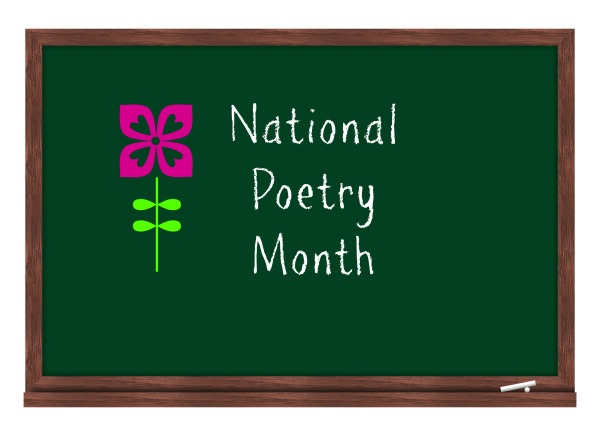
Poetry Unit – National Poetry Month
April is National Poetry Month! We’re going to have fun with this one… Week 1 – Introduction to reading poems...

Moon Unit Study
Today was a migraine day & part of our more relaxed “Spring Break” week. Since I didn’t feel up to...
